We use this saying around my house anytime someone doesn’t know how to work something. It has its origin in the movie Pretty Woman. In the scene at the opera, Julia Roberts doesn’t know how to use her opera glasses and famously says ” Mine are broken”, only to have Richard Gere show her the proper way to use them. I read so many photography forum posts on the internet from people blaming their equipment for their blurry out of focus wildlife photos and assuming their lens or camera is not working properly. I suspect the majority of the time they haven’t spent the necessary time and effort to learn how to use their expensive new camera equipment properly.
The single most important thing you can do to make yourself a better photographer in general and improve as a wildlife photographer in specific, is to read your camera’s manual and learn to use your equipment properly.
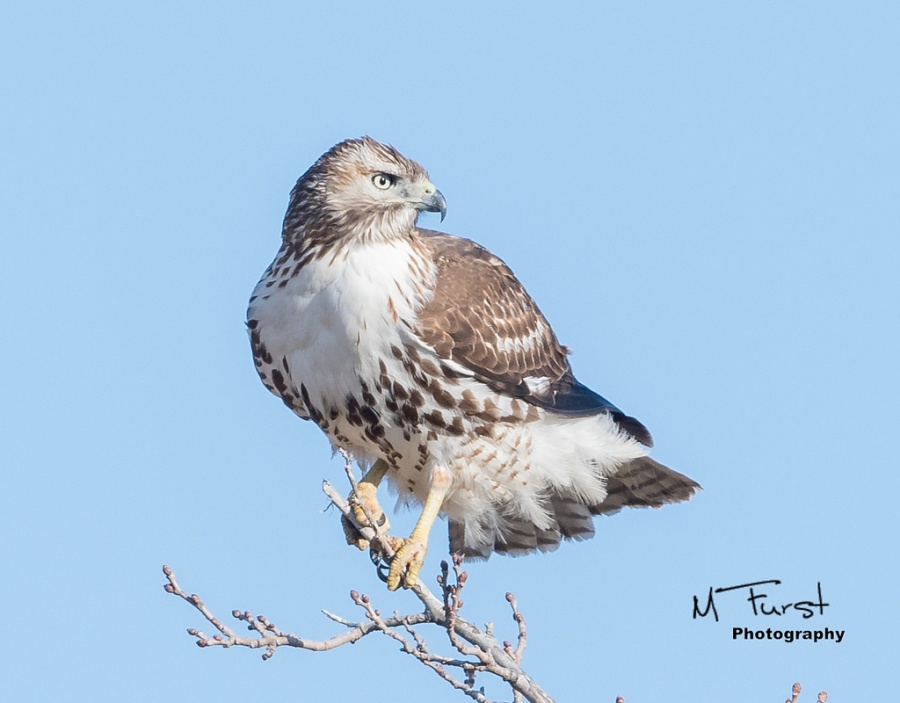
Modern DSLR cameras are horribly complex pieces of equipment these days. Recently I purchased a Nikon D500 and the manual that came with it is 428 pages long. Each chapter details a different function. There are manual shooting, aperture priority, shutter priority, and automatic shooting modes, four focus modes, ISO, three light metering modes, and an infinite number of menu settings just to name a few. Getting to know your camera and all the information in your cameras manuel is a daunting and time consuming task, but also essential. As illustrated below, the number of buttons found on the back of the camera alone are enough to make anyone put their camera in automatic mode, and leave it there.
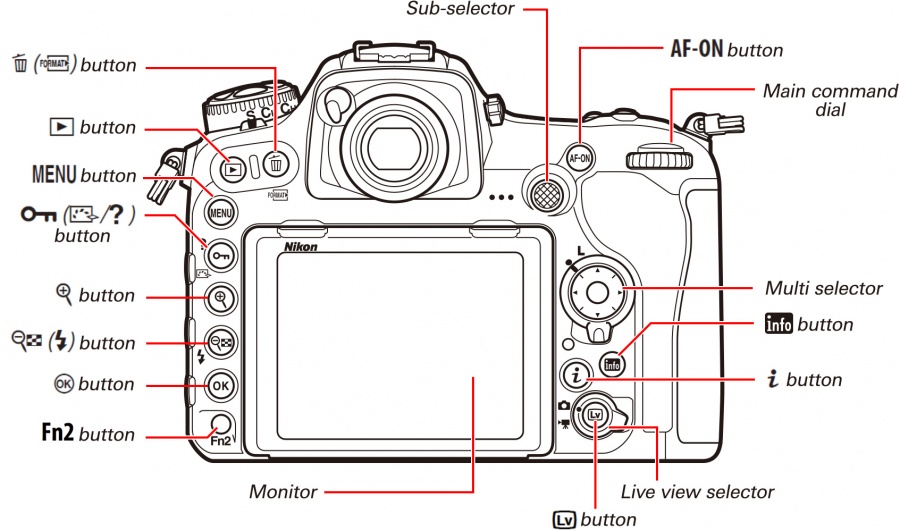
To become good wildlife photographers we can’t let ourselves be overwhelmed by the complexity of our camera. After all, we didn’t spend a ton of money on an advanced DSLR to leave it in automatic mode. Read and study your cameras manual. Understand what each function does and how to set it. I encourage you to explore the internet for Youtube videos and websites specific to the function of your camera. I would recommend checking out the Backcountry Gallery by Steve Perry. It’s a great website with loads of information on wildlife photography. If you are a Nikon shooter, the e-books available for purchase are exceptional and well worth the price. They can be found at https://backcountrygallery.com/
Every Wildlife photographer should be able to do these 10 things quickly,
1. Change your battery
2. Change a lens or add a teleconverter
3. Set the ISO on your DSLR
4. Manually Focus your lens
5. Change shooting modes
6. Switch out memory cards
7. Set burst Mode
8. Setup a Tripod
9. Review in camera Images
10. Review the cameras Histogram
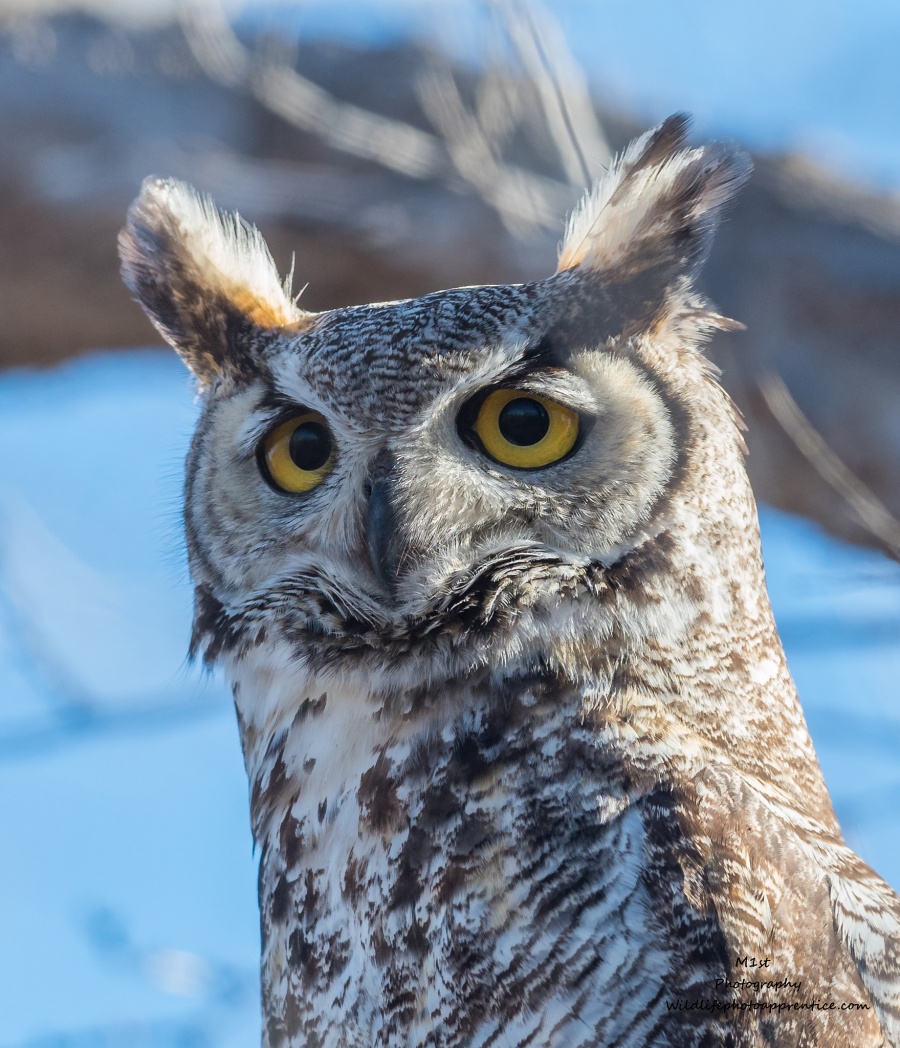
After you have studied your cameras manuel, mastered the 10, checked out Youtube, and read Steve Perry’s e-books, then it’s time to take your camera and practice, practice, practice. Sit in a chair, and get to know the layout of the buttons and wheels on your camera to the point that you can make changes to shutter speed, aperture, and ISO on the fly without taking your eye from the viewfinder. When you’re comfortable with the location and function of the buttons and wheels then take your camera into the backyard with your dog or children and try shooting in different modes. Change the metering, and take several shots to see how the photo changes as the metering changes. Fiddle with the ISO, and notice how the exposure changes. Alter the number of focus points, and see how much easier it is to capture your dog in focus while he runs across the yard. Try single servo focus mode and then try continuous. Once you have an understanding of the things your camera can do and how you can make it do those things, then you can realize the full potential of your DSLR . Only when you master the function of your camera, can you explore other principles of photography such as exposure, depth of field and composition.
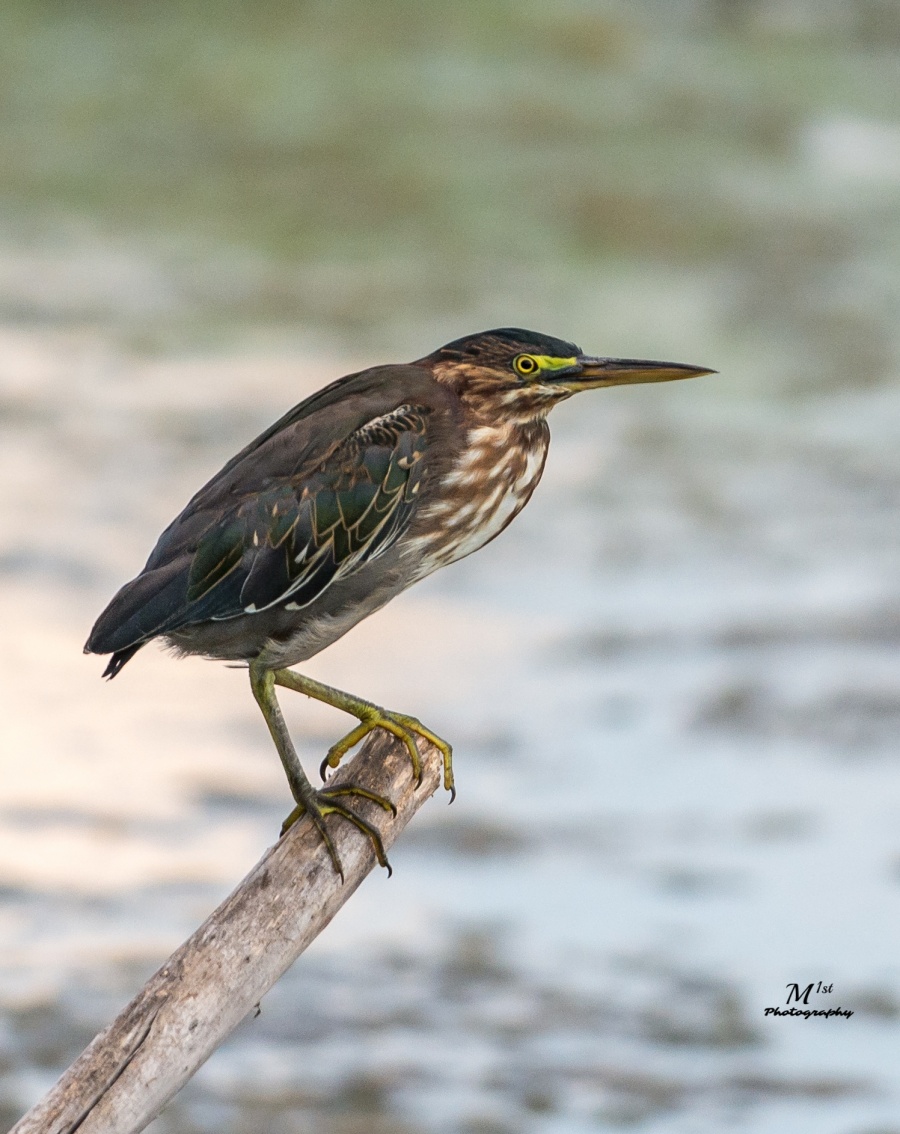
It’s important to take the time to learn your cameras functions inside and out. Doing so now in the relaxed atmosphere of home will ensure that when you finally encounter that osprey fishing, you’ll immediately and by instinct know how to put your camera into spot metering mode, continuous servo, group dynamic focus, the correct shutter speed , ISO, and high speed continuous shutter all without lifting your eye from the viewfinder. You will quickly and efficiently rattle off a series of frames getting that shot of a lifetime in sharp focus and correct exposure. If you don’t take the time to learn your camera, you’ll miss that shot of a lifetime and you may be left whining, “Mine is broken”. Knowing how your camera functions is the first step on the road to becoming a better wildlife photographer.
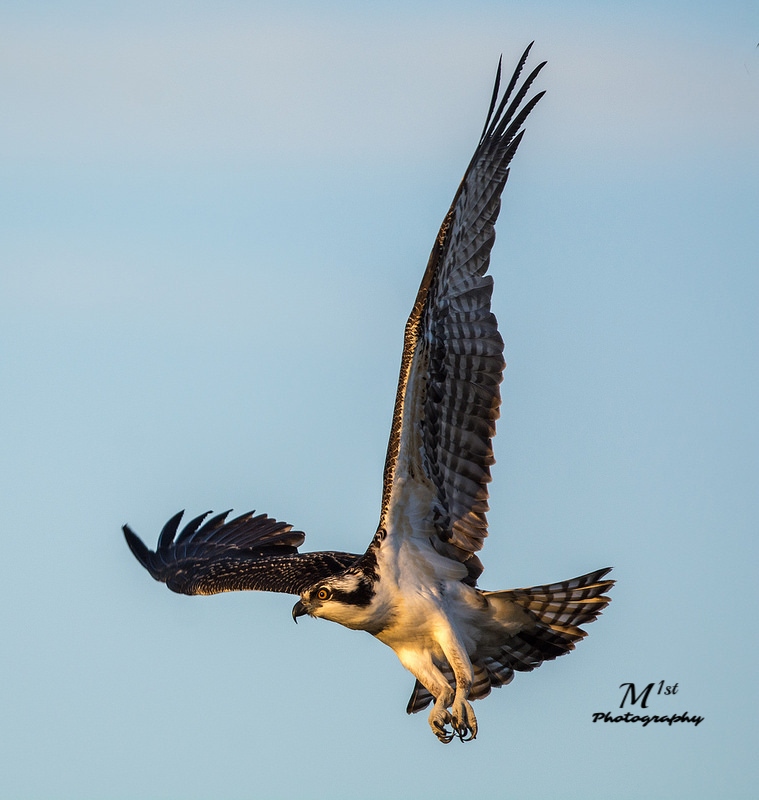

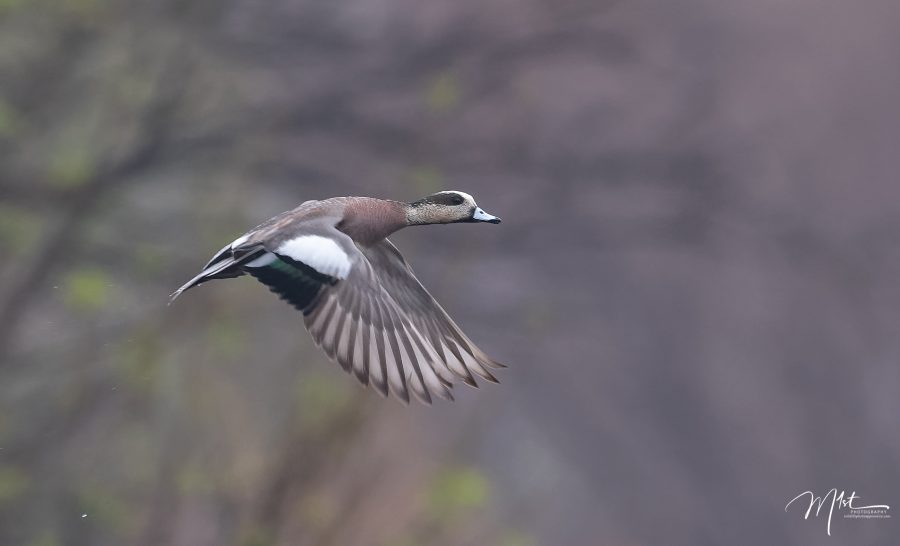
Fabulous post! Love Pretty Woman!
Thanks Susette, it’s one of my wife’s favorite movies.